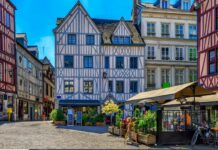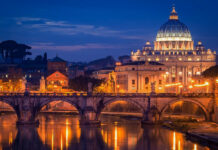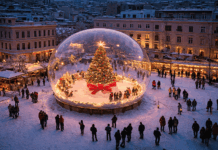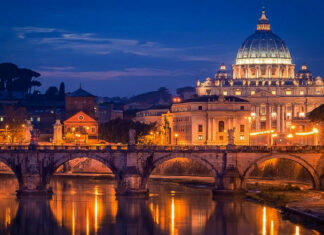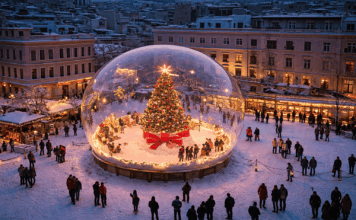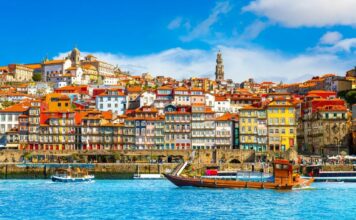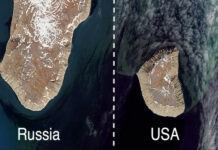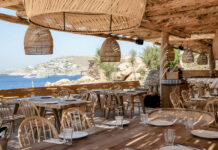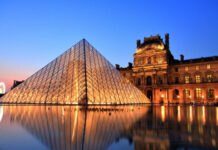Esslingen, Germany
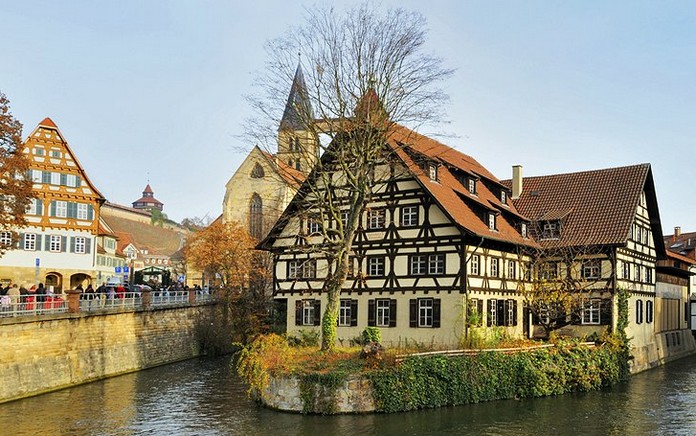 One of southwest Germany’s many half-timbered towns, Esslingen secured its position as a major trading center by building two bridges over the Neckar River, making it an obvious crossing point for medieval traders.
One of southwest Germany’s many half-timbered towns, Esslingen secured its position as a major trading center by building two bridges over the Neckar River, making it an obvious crossing point for medieval traders.
Lucca, Italy
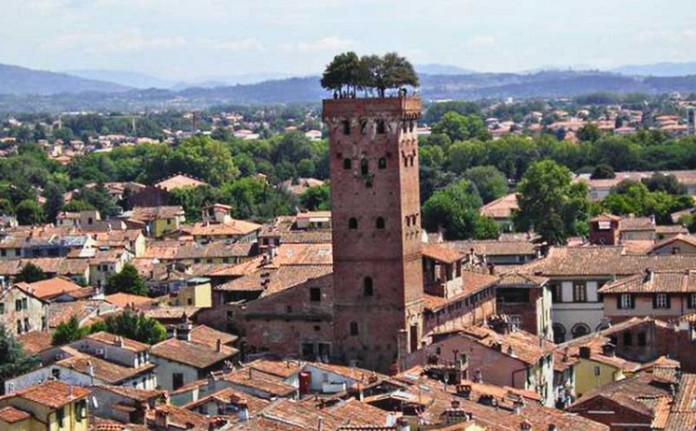 Despite being home to some of Tuscany’s most fabulous medieval churches, as well as towers, and priceless art treasures, Lucca’s biggest attraction to tourists.
Despite being home to some of Tuscany’s most fabulous medieval churches, as well as towers, and priceless art treasures, Lucca’s biggest attraction to tourists.
Stein am Rhein, Switzerland
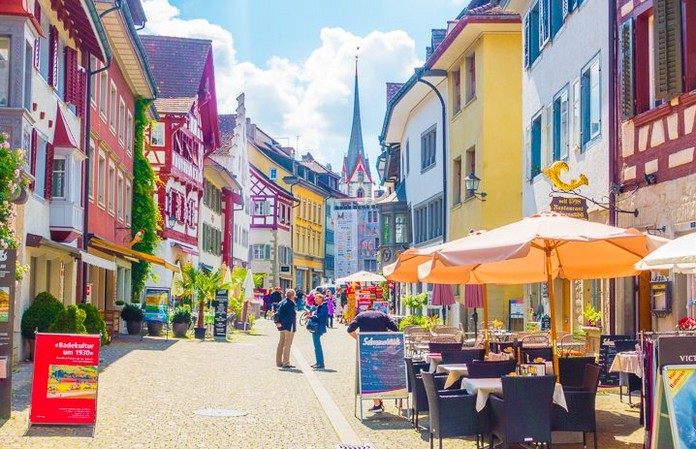 The combination of well-kept half-timbered buildings and the colorful frescoes painted on their facades makes the main street of Stein am Rhein look almost like a stage set for Hansel and Gretel.
The combination of well-kept half-timbered buildings and the colorful frescoes painted on their facades makes the main street of Stein am Rhein look almost like a stage set for Hansel and Gretel.
Winchester, England
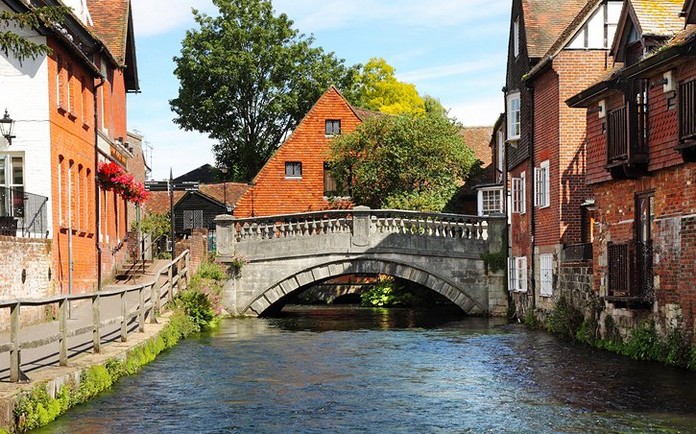 The unspoiled cathedral town of Winchester rings with history. It was the capital of England from Anglo-Saxon times until the 13th century and the seat of Alfred.
The unspoiled cathedral town of Winchester rings with history. It was the capital of England from Anglo-Saxon times until the 13th century and the seat of Alfred.
Volterra, Italy
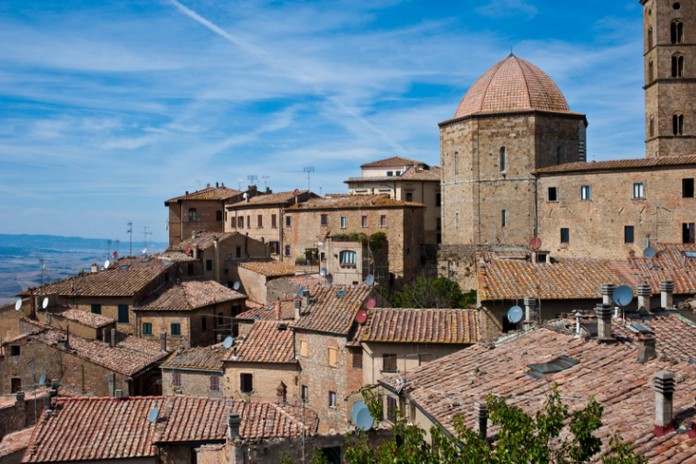 It’s hard to choose between Tuscany’s medieval hilltop towns, and most tourists plan to visit more than one. But Volterra is not visited as often as San Gimignano and some of the others, so it’s a better place to savor local life and see its attractions.
It’s hard to choose between Tuscany’s medieval hilltop towns, and most tourists plan to visit more than one. But Volterra is not visited as often as San Gimignano and some of the others, so it’s a better place to savor local life and see its attractions.
Bosa, Sardinia
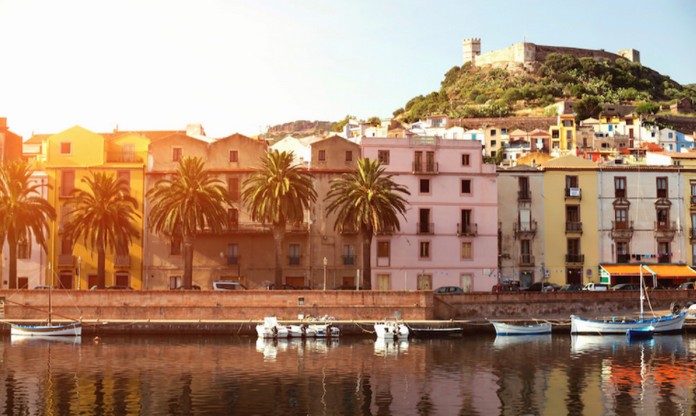 Bosa rises from a line of pastel houses along the palm riverbank, through a tangle of medieval lanes to the 12th-century Malaspina castle high above.
Bosa rises from a line of pastel houses along the palm riverbank, through a tangle of medieval lanes to the 12th-century Malaspina castle high above.
Locronan, France
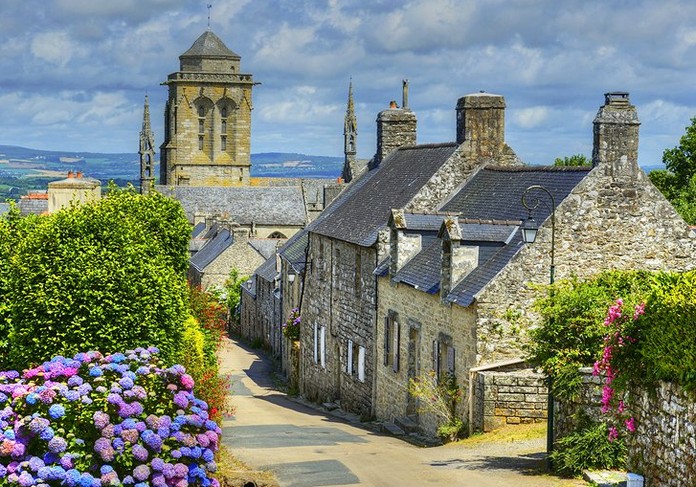 The medieval stone town of Locronan sits between two peninsulas in Brittany’s west Finistère, close to some of the most beautiful Atlantic beaches.
The medieval stone town of Locronan sits between two peninsulas in Brittany’s west Finistère, close to some of the most beautiful Atlantic beaches.
Laguardia, Spain
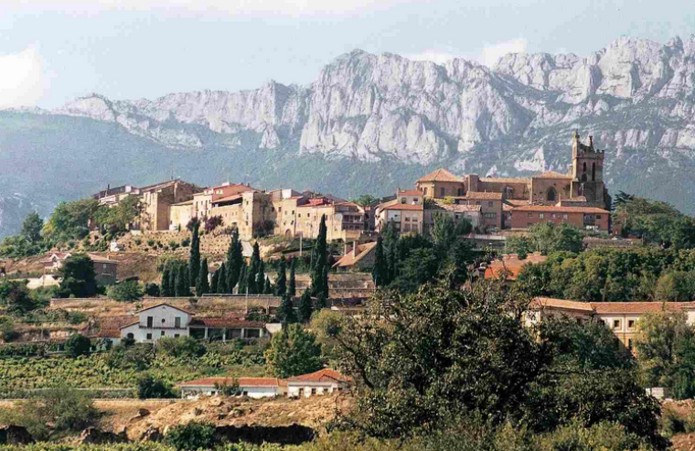 Rising above the Rioja, south of Bilbao, Laguardia sits at the top of a hill, its tightly packed stone buildings enclosed by massive stone walls. During its tumultuous medieval past, the rock beneath it was carved into a maze of tunnels for shelter and escape routes when the town was under attack
Rising above the Rioja, south of Bilbao, Laguardia sits at the top of a hill, its tightly packed stone buildings enclosed by massive stone walls. During its tumultuous medieval past, the rock beneath it was carved into a maze of tunnels for shelter and escape routes when the town was under attack
Najac, France
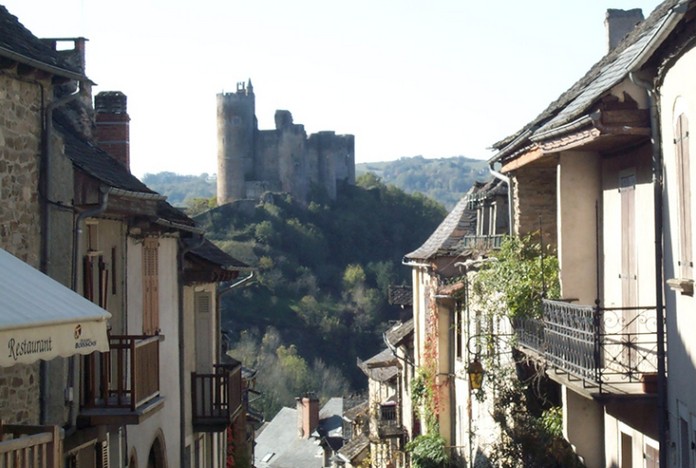 Small and out of the way in the Midi-Pyrénées region of southern France, Najac lines a single street atop a long ridge of rocks that ends at a 13th-century chateau.
Small and out of the way in the Midi-Pyrénées region of southern France, Najac lines a single street atop a long ridge of rocks that ends at a 13th-century chateau.
Alesund, Norway
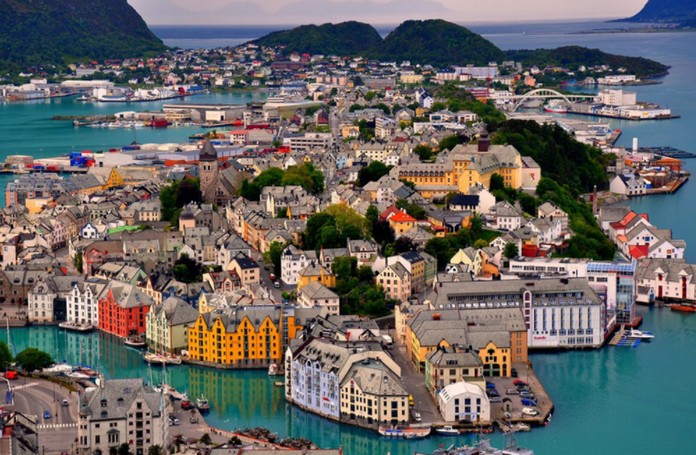 When a devastating fire consumed the entire port town of Alesund in 1904, the tragedy was redeemed by the combination of economic depression and a new exciting artistic and architectural movement that was sweeping Europe.
When a devastating fire consumed the entire port town of Alesund in 1904, the tragedy was redeemed by the combination of economic depression and a new exciting artistic and architectural movement that was sweeping Europe.
Cesky Krumlov, Czech Republic
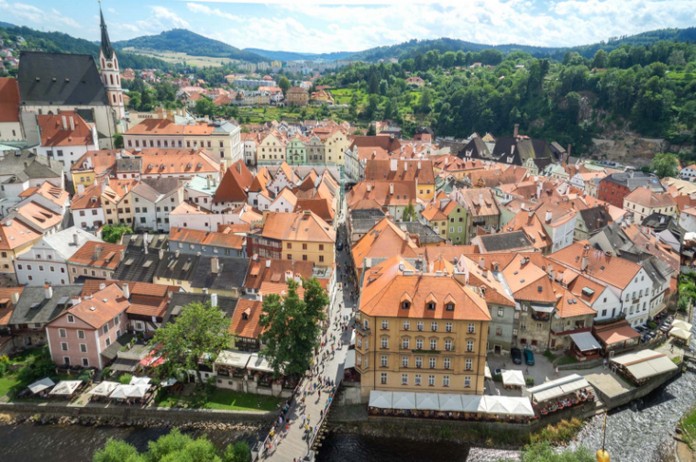 Although it’s really a city, Český Krumlov’s beautifully preserved Old Town is a village of its own, cosseted inside its walls and caught in the curve of the Vltava River. Almost hidden beneath the steeply gabled roofs is a maze of narrow stone-paved streets surrounding the 13th-century castle. Like the town itself, this medieval complex shows styles from the Gothic, Renaissance, and Baroque eras.
Although it’s really a city, Český Krumlov’s beautifully preserved Old Town is a village of its own, cosseted inside its walls and caught in the curve of the Vltava River. Almost hidden beneath the steeply gabled roofs is a maze of narrow stone-paved streets surrounding the 13th-century castle. Like the town itself, this medieval complex shows styles from the Gothic, Renaissance, and Baroque eras.

